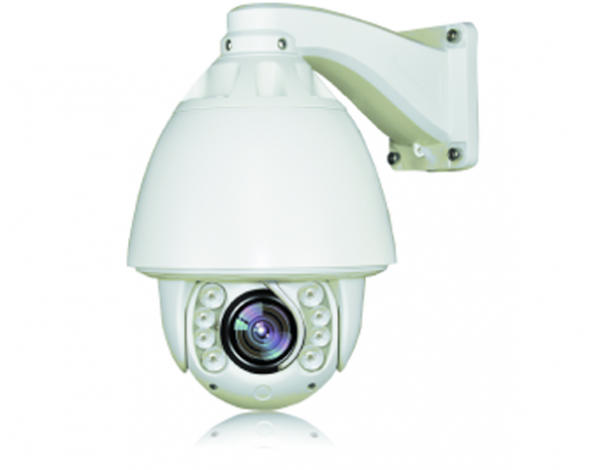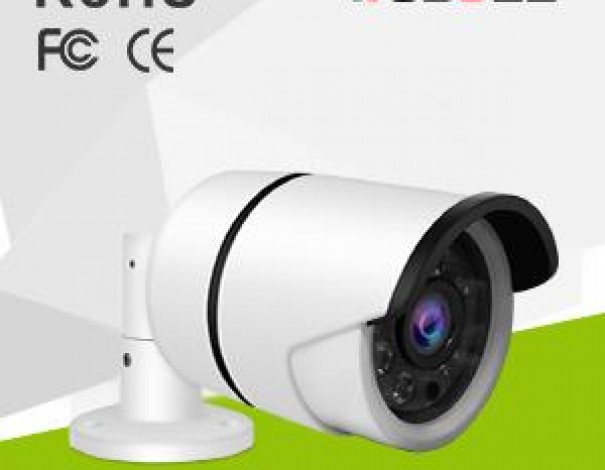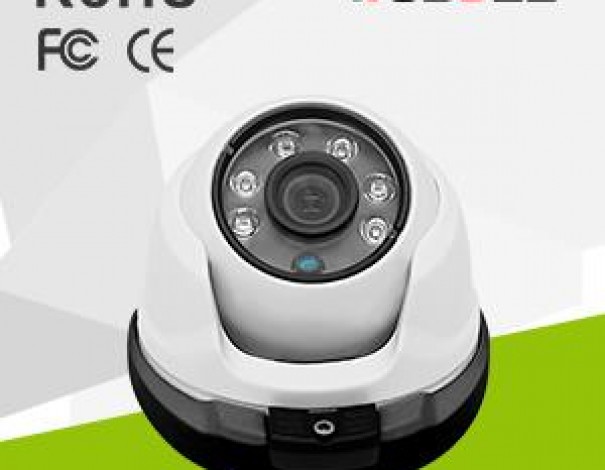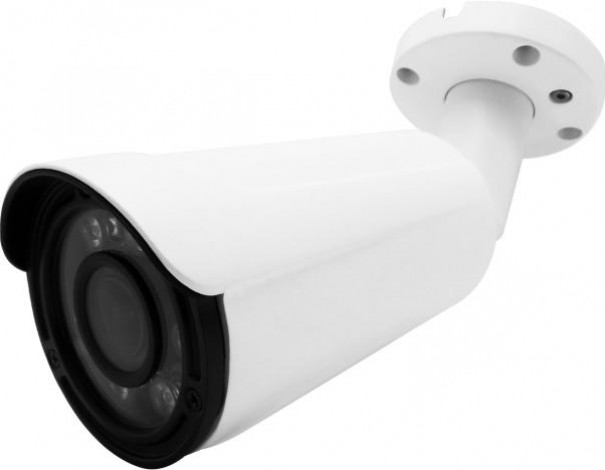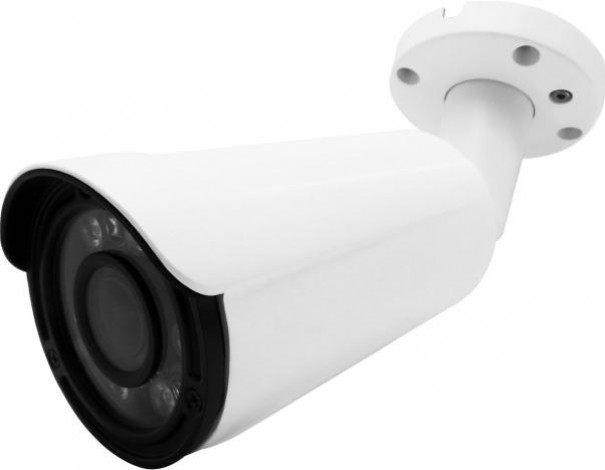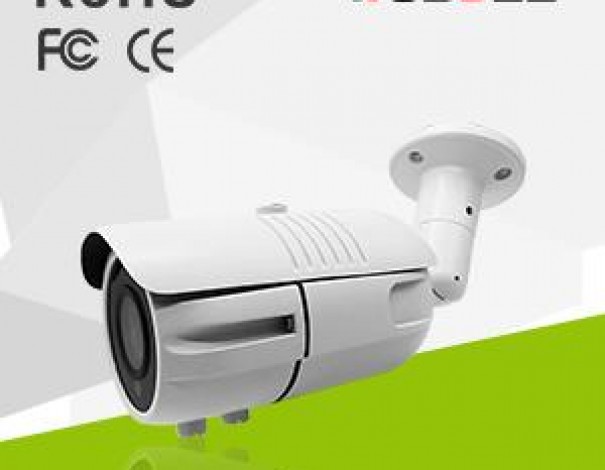About the Frame rate
The frame rate is a measure for measuring the number of frames in which the number of frames per second (Frames per Second), for short, FPS or “Hertz” (Hz).
Due to the special physiological structure of human eyes, if the frame rate of the picture is higher than 25FPS, it will be considered coherent. This phenomenon is called visual retention.
The number of frames per second (FPS) or frame rate indicates the number of updates per second when the graphics processor is processed. High frame rates can get more fluency, more realistic animation, and generally 30fps is acceptable, but increasing performance to 60fps can significantly improve the sense of interaction and fidelity. However, generally speaking, it is not easy to perceive that there is obvious improvement of fluency over 75fps. If the frame rate exceeds the screen refresh rate, it will only waste the ability of graphics processing, because the monitor can’t be updated at such a fast speed, so the frame rate exceeding the refresh rate is wasted.
Factors affecting the frame rate of the camera
Frame rate of sensor
The processing ability of DSP/SOC
Time of exposure
The relationship between camera frame rate and exposure time
In the security video surveillance, we found that the daytime color video is 25FPS, without changing any parameters of the camera. After the black and white image in the evening, the number of frames of the video declines significantly. Carefully studied and analyzed, it is possible to increase the camera’s exposure time to increase the camera sensitivity in the evening when the light is not good, so that the frame rate is reduced.
The image acquisition process on the camera includes two distinct parts. The first part is exposure. After the exposure is completed, the second part of the Readout process is read out from the register of the sensor and sent out (Readout process).
In the process of image acquisition, there are two common methods for camera acquisition: exposure of “non-overlapped” and “overlapped” exposure.
In the non overlapping (“non-overlapped”) mode, in the cycle of each image acquisition, the industrial camera completes the whole process of exposure / readout before the next image acquisition begins. As shown in the following figure.

Although the non overlapping (non-overlapped) mode can be applied to many situations, it is not the most effective way. In order to improve the frame rate of the industrial camera, the image data obtained from the previous frame will be read and sent out when the next frame is exposed. This is the pattern of “overlapped” exposure. The way to expose the “overlap” (overlapped) of the industrial camera is shown below.
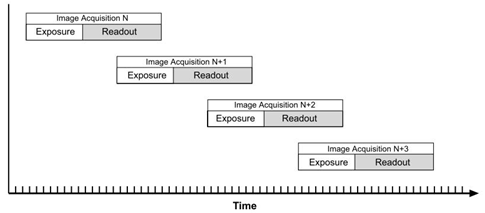
From this picture, we can see that the camera readout data and the next exposure start to overlap. In the same time, the camera performs two operations, so in the same unit time, more pictures can be collected in the “overlapped” exposure mode, that is, the frame rate of the camera is higher.
From the two pictures above, we can see that in the exposure mode of “non-overlapped” and “overlapped”, there is such a relationship in the cycle of a frame.
Non overlapping mode: Frame Period > Exposure Time + Readout Time
Overlap mode: Frame Period less than Exposure Time + Readout Time
The frame rate decreases and the frame period increases. When the readout reading time is fixed, the exposure time increases and the image becomes brighter.
Generally, the shutter speed is set to two times the frame rate. That is to say, if your frame rate is set at 25, the shutter will be set to 50. If your frame rate is 30, set the shutter to 60. But don’t be less than the frame rate. That is, the shutter speed of 25FPS should not be less than 25.
Related News
- Wodsee DOL-HDR WDR 4 IN 1 Camera New Arrival
- How to set parameters for detected faces recognition?
- Face recognition becomes the commanding point technology of video surveillance
- Introduction to Facial Recognition of Surveillance System
- New innovation–soft photosensitive
- Great innovation!!! – Wodsee IP camera with Sensor Control IR
- 4 New Styles HD High-Speed Dome camera
- WODSEE new Smart Zoom IP camera, Real WDR.
- How to provide a regular maintenance for CCTV equipments?
- Notes for outdoor installation of PTZ




